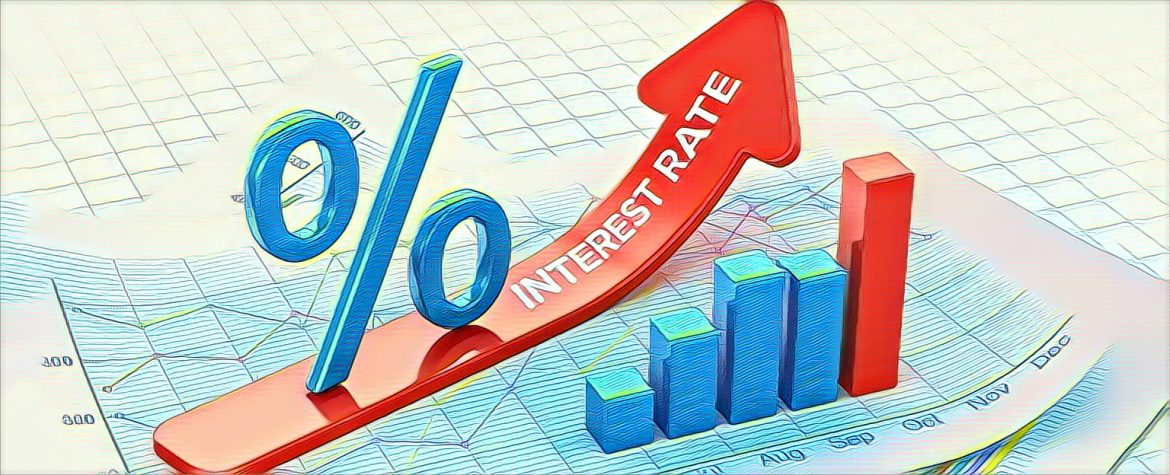Zimbabwe’s central bank has decided to maintain its benchmark interest rate at 150% per annum despite its soaring inflation and currency depreciation. The Monetary Policy Committee (MPC) of the Reserve Bank of Zimbabwe (RBZ) announced the decision on Tuesday after its meeting on February 14.
The MPC said that the interest rate was kept unchanged to “sustain price and financial system stability” in the face of external and internal shocks. The committee noted that inflation had moderated to 230% in January 2023 from a peak of 285% in June 2022, thanks to the tight monetary and fiscal policies implemented by the authorities.
The RBZ also said it had managed to stabilize the exchange rate of the Zimbabwean dollar, which had depreciated by more than 500% against the US dollar in 2022. The local currency traded at around 700 per US dollar on Tuesday, compared to 108 in January 2022.
The central bank attributed the currency depreciation to several factors, including the war in Ukraine, which triggered a surge in global food and fuel prices, and the COVID-19 pandemic, which disrupted trade and tourism. The RBZ said it had taken measures to curb currency volatility, such as selling gold coins to the public, liberalizing the foreign exchange market, and requiring all corporate tax payments to be made in local currency.
The RBZ also said it had used $582 million of the $960 million additional Special Drawing Rights (SDRs) allocated by the International Monetary Fund (IMF) in August 2021 to boost its foreign reserves and support its balance of payments. The RBZ’s gross international reserves stood at $540 million as of December 2022, equivalent to 0.9 months of import cover.
The MPC expressed optimism that the economic outlook for Zimbabwe was improving, as real GDP growth was projected to recover to 3.2% in 2023 and 2024 after slowing down to 3% in 2022. The committee said that the growth recovery would be driven by agriculture, mining, and services sectors, supported by favorable weather conditions, high commodity prices, and increased vaccination against COVID-19.
However, the MPC also acknowledged that there were still significant risks and challenges facing the economy, such as geopolitical tensions, climatic shocks, power shortages, and exchange rate instability. The committee said it would continue monitoring the situation and adjusting its policy stance accordingly.
The MPC also reiterated its commitment to resolving Zimbabwe’s long-standing debt and arrears problem with its creditors, limiting its access to external financing and hampered its growth potential. The RBZ said it had resumed token payments to international financial institutions and Paris Club creditors and initiated a structured dialogue platform with them to agree on a program of economic, governance, and land reforms.
The MPC’s decision to keep the interest rate at 150% was widely expected by analysts and market participants, who said that lowering it would have fuelled inflation and currency depreciation further. However, some also argued that the high interest rate hurt economic activity and investment, especially for small businesses and households.
Zimbabwe has one of the highest interest rates in the world, along with Venezuela and Argentina, which also suffer from hyperinflation and currency crises. The average interest rate in Sub-Saharan Africa is around 10%, while the global average is around 4%.
Source: Business Insider Africa


